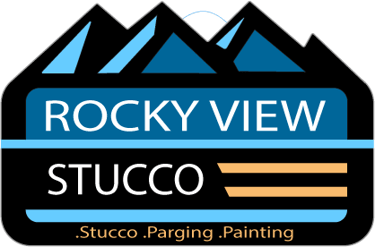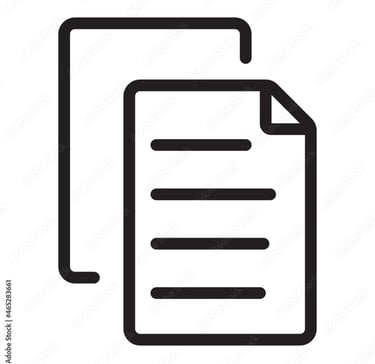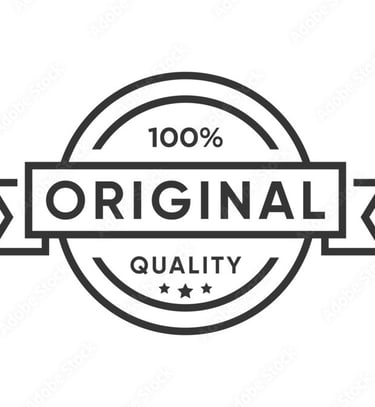
A 2007 study, supported by the United States Department of Energy and the EIFS Industry Members Association (EIMA), found that EIFS provides superior moisture and temperature control compared to other wall construction methods. The research included comparisons with materials such as brick, stucco, and fiberboard siding. This conclusion was reached by equipping each wall type with sensors to monitor and document key factors like temperature, humidity, and moisture content.
The study carried out at Oak Ridge National Laboratory aimed to assess the thermal efficiency and moisture control capabilities of EIFS while comparing their performance to other exterior cladding materials. Additionally, researchers created a computer model to simulate the behavior of EIFS under various climatic conditions.
The study employed a research approach that compared computer model simulations with real-world field results. For a year, it evaluated the thermal performance, air leakage resistance, and moisture control capabilities of various wall cladding materials, while also assessing their durability under harsh conditions and extreme weather events.
The research study also prioritized the development of design methods for engineers and architects to manage air and moisture, prevent mold growth, and enhance energy efficiency.
The study evaluated various features of Exterior Insulation and Finish Systems (EIFS), which included:
Ventilated exterior claddings: These are claddings designed with openings at both the top and bottom, allowing for drainage through either integrated foam systems, channeled designs, or adhesive channels such as vertical ribbons.
Synchronous moisture management for exterior and interior: This involves utilizing materials with suitable water vapor transmission properties to ensure faster wall drying and effective moisture control.
Liquid-applied water-resistive barrier coatings: These coatings are tailored for precise humidity and moisture regulation within EIFS applications.
Key findings from the study include:
EIFS retained less moisture and for a shorter duration compared to brick-clad and cementitious fiberboard siding.
Using grooved insulation boards in EIFS systems improves wall ventilation.
The four-inch expanded polystyrene insulation board in the EIFS system, even without interior stud insulation or fiberglass, showed superior performance over other options.
Exterior insulation, particularly in EIFS, proved to be significantly more efficient than alternative insulation methods.
The water-resistant barrier coatings of EIFS substantially outperformed other cladding systems that relied on building paper.
EIFS consistently maintained low and acceptable moisture levels.
Systems with liquid-applied moisture-resistive coatings effectively dispersed moisture introduced through imperfections in the building envelope.






